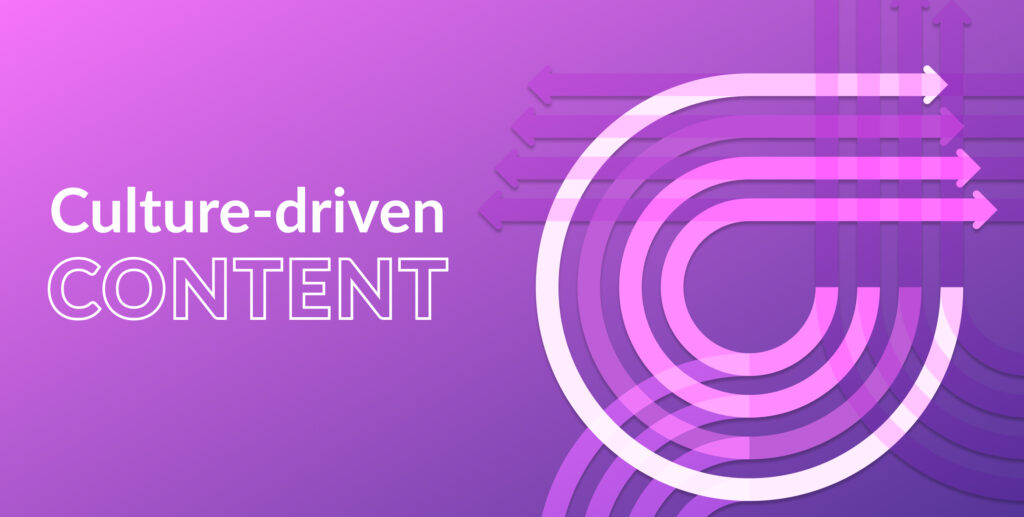“Can we do some personalised marketing?”
If these words have sent shivers down your spine: you’re far from alone.
Personalised marketing has been the cool kid on the block for over a decade, with 79% of B2B marketers swearing by it as the best way to engage buyers.
Yet, the term itself can feel incredibly daunting. From worries about budget and resourcing, to fears of getting it dreadfully wrong or upsetting recipients by being too intrusive, to concerns that they won’t understand the technology involved, many marketers feel understandably cautious about making the leap.
It doesn’t have to be that way. Personalised marketing doesn’t need to involve complex and costly technology and can absolutely be done at a scale where few errors are possible. If you want to dip your toes into personalised marketing, but aren’t sure where to start, this blog is for you.
What is personalised marketing?
Personalised marketing is creating content that is tailored to your audience, whether that’s an audience of one or 500.
And yes, it is so much more than just adding the customer’s name in the {FIRST_NAME} field.
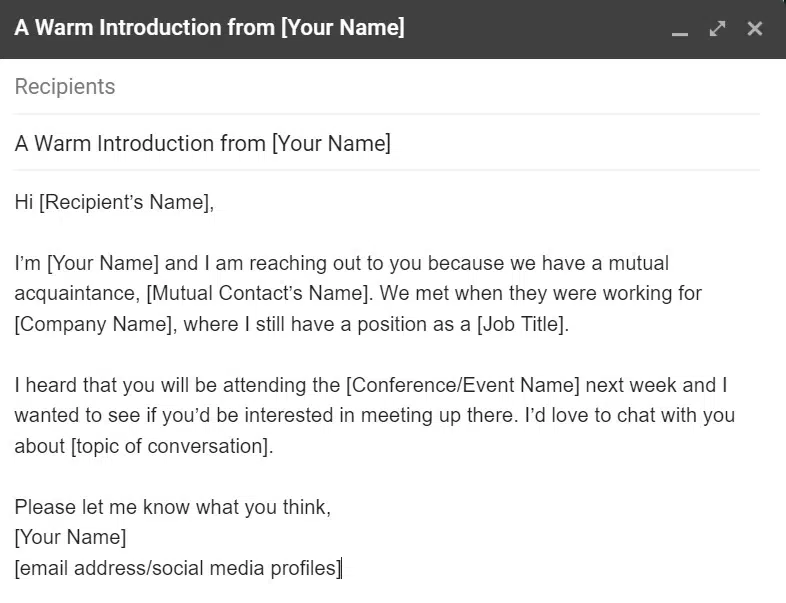
“Data-driven personalization is not about spraying and praying—it’s about taking the time to understand your audience and craft messages that will speak to them on a personal level. When done correctly, it can be a powerful tool for driving engagement and boosting conversions.”
Jim Campbell, Founder, Wizve Digital Marketing
Personalised marketing is about making your audience, whether they’re visiting your website, scrolling through social media, opening their emails, or visiting your trade show stand, feel like your message is made for them.
There are two main ways you can personalise your content in B2B:
- Segment specific
- Lead specific
Here’s how you can do each of these, with examples of what that could look like in practice.
1. How to create segment personalisation
Segment personalisation can target industry verticals, special interests, demographic differences, geographical location, or specific pain points of your buyer persona.
This is one of the easiest types of marketing personalisation you can achieve since it could simply involve creating assets such as:
- Landing pages specific to each target segment
- Resources (ebooks, whitepapers, blogs) tailored to your target segment
- Sending first time visitors to a targeted landing page based on where they came from or the search terms that got them there
- Creating email campaigns to leads gathered at an industry trade show
Let’s look at a couple of examples of how segment marketing can be done.
Example #1: BICS
Global communications company BICS recently launched its CPaaS platform and, along with its main landing page, released segment-specific ones, such as this one targeted towards retailers. As well as this, they developed industry-specific blog content such as this one on customer engagement in retail.

As a result, their retailer prospects have access to information that feels specific to their needs and challenges.
Takeaway: Don’t be afraid to create multiple specific landing pages for your products or services. You increase your changes of not only being found, but also make visitors feel more quickly that you are the right fit.
Example #2: Veryable
Getting access to the tech or the data to do persona personalisation can sometimes be tricky, so here’s an example you can inspire yourself from.
Veryable is a manufacturing marketplace with an on-demand labor platform. They’ve created a lead generation quiz, in which site visitors are asked to identify themselves, including their painpoints, geography, and needs. From this they receive personalised recommendations on how to reach their operational goals.
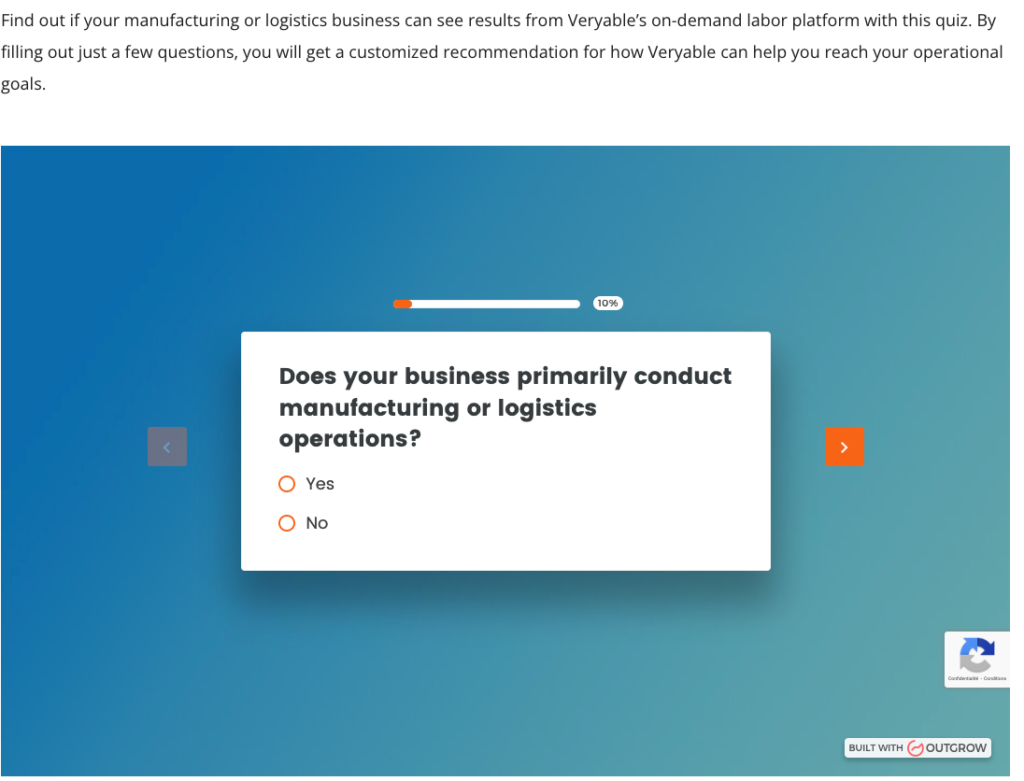
It’s a win-win for the company and the visitors: the former gets valuable data and can build more accurate buyer persona; the latter gets access to a useful resource.
Takeaway: No data? No problem. Offer your prospects an attractive incentive to encourage them to share more information about them. In turn this can enhance your future marketing initiatives.
Example #3: Hubspot
Hubspot tested out the performance of Smart CTAs over the course of 6 months, and found that they converted 202% compared to typical CTAs.
Dustin Ray, Co-CEO & Chief Growth Officer at IncFile agrees that this is a solid strategy for segmenting your site visitors “according to their location, age, industry, or other demographic characteristics”.
“The two types of smart CTAs include lifecycle and list-based”, Ray shared, “lifecycle CTAs are based on every step of the customer’s journey from visitor to customer. List-based CTAs are similar, but they can be customized down to specific details, such as what a customer likes to eat or even what type of shampoo they use.”
Takeaway: Something as small as a modifying your CTA text can make a huge difference.
2. How to create lead-based personalisation
Lead-based personalisation drills down to a specific organization or individual. You might also know it as Account-Based Marketing (ABM), a popular B2B strategy with the potential to improve deal closing rates by 67%. If you’re selling a high-value tech product to a small sample size of global companies, this strategy could be for you. It involves very little wasted effort as all communications are laser-focused on your audiences.
“When dealing with companies and corporations, it’s easy to forget that they comprise individuals”
Alex Mastin, CEO & Founder, Home Grounds
ABM starts before anything else, with research, including:
- Your lead’s context, challenges, decision makers, opportunities, competitors, USPs, etc
- Their influencers: who do they trust, who do they digest information from?
What form your marketing takes next will be completely depends on the above, and your company’s names, but it could include:
- Personal invitations to events
- Direct mail or social media outreach
- Invitations to take part in your events such as podcasts, webinars, roundtables, blogs, etc
- Display advertising on LinkedIn
- Creating content with their influencers and sharing it with your prospect
Remember that ABM is a content-hungry beast. Reaching your prospects is great, but you need to offer value at each interaction, or you risk alienating them.
Example #1: Serverside Group
Serverside Group was a software company that allowed a bank’s customers to personalize their cards. The software is now owned by Thales Group, but back when it was a plucky startup, its owners needed to find a way to get the CEOs of large retail banks to notice them.
Their solution? They printed a gigantic version of the bank’s card, with the CEO’s name on it, and sent it straight to their offices. One CEO replied “”It would be churlish of me not to meet you”.
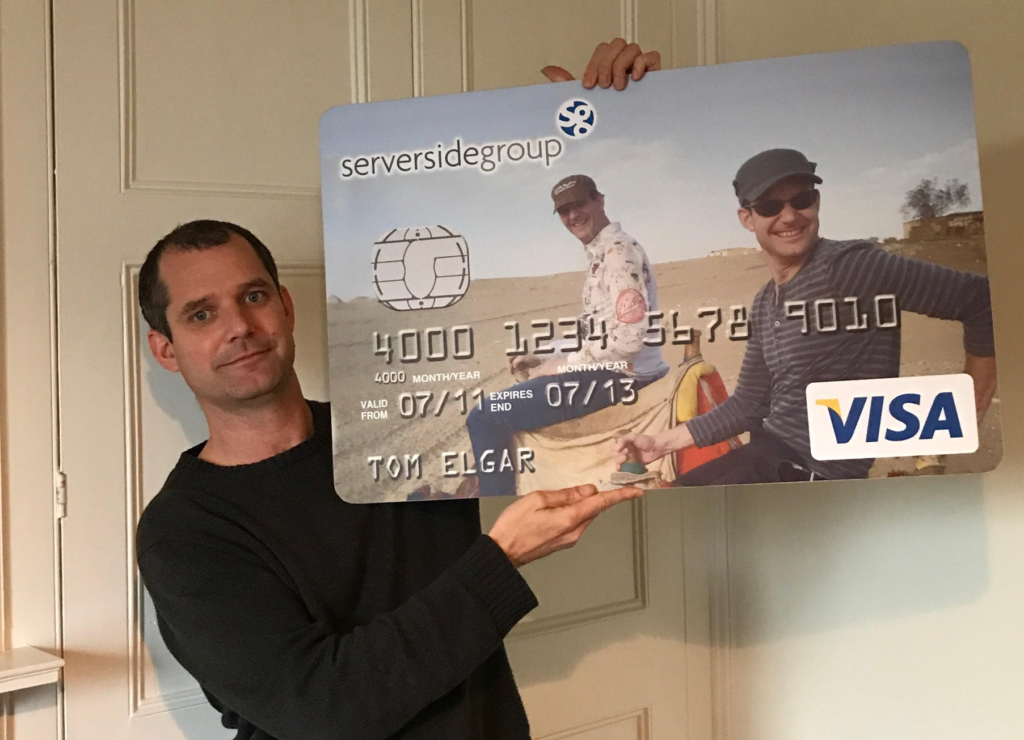
From this initiative, they were able to secure meetings with 60% of the banks they sent them to, and sold their software to Barclays, Wells Fargo, Chase, RBS, ING, Capital One and many more.
Takeaway: Don’t be afraid to draw your prospect’s attention with an attention-grabbing campaign.
Example #2: Punch!
B2B sales agency Punch! used Vidyard in combination with an ABM strategy to reach out to their customers effectively. Vidyard makes it easy to quickly create video and select thumbnails (whether GIFS or static) that make it clear the message is for your specific prospect.
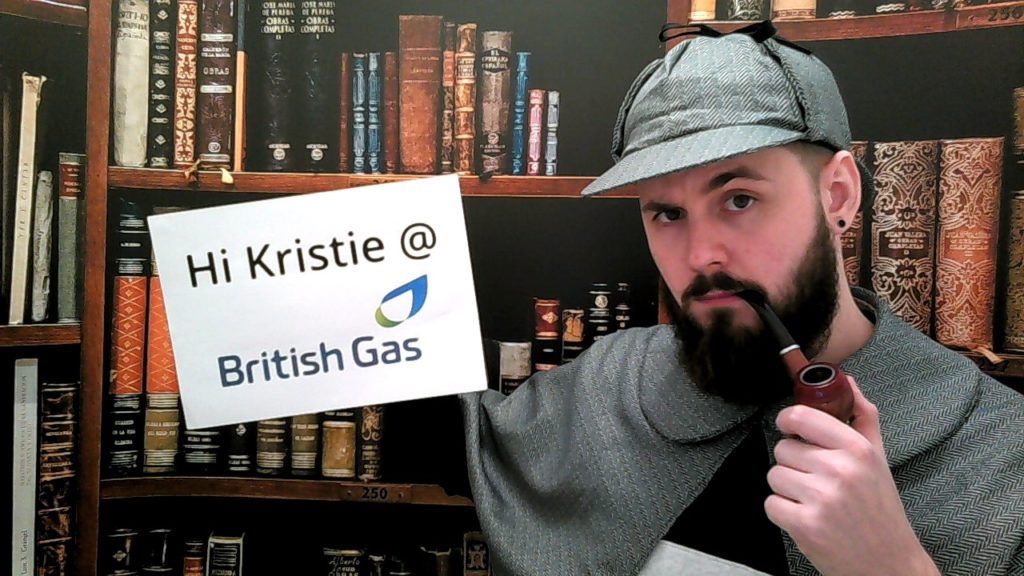
By sending videos featuring their prospect’s name and approaching the challenge tongue-in-cheek, they achieved a high ROI. One in every twenty videos resulted in a discovery call, with 50% turning into opportunities.
Takeaway: Use tools like Vidyard to personalise at scale.
How B2B companies use personalisation
There is no one way to personalise your B2B marketing. It will depend on what information you have available, your business goals, resources, and, of course, who your targets are. Not all personalisation strategies will work for every business so test different approaches first before attempting to scale them up. One effective method is including customized QR codes on business cards for easy access to tailored information.
One word of caution: personalised content can quickly veer into ‘creepy’ territory if you’re not careful. Data protection and privacy are top of mind for consumers, so while it’s important that your interactions with them are specific, you need to have a balance.
If you need support in building a successful personalised campaign, please get in touch at hello@isolinecomms.com



